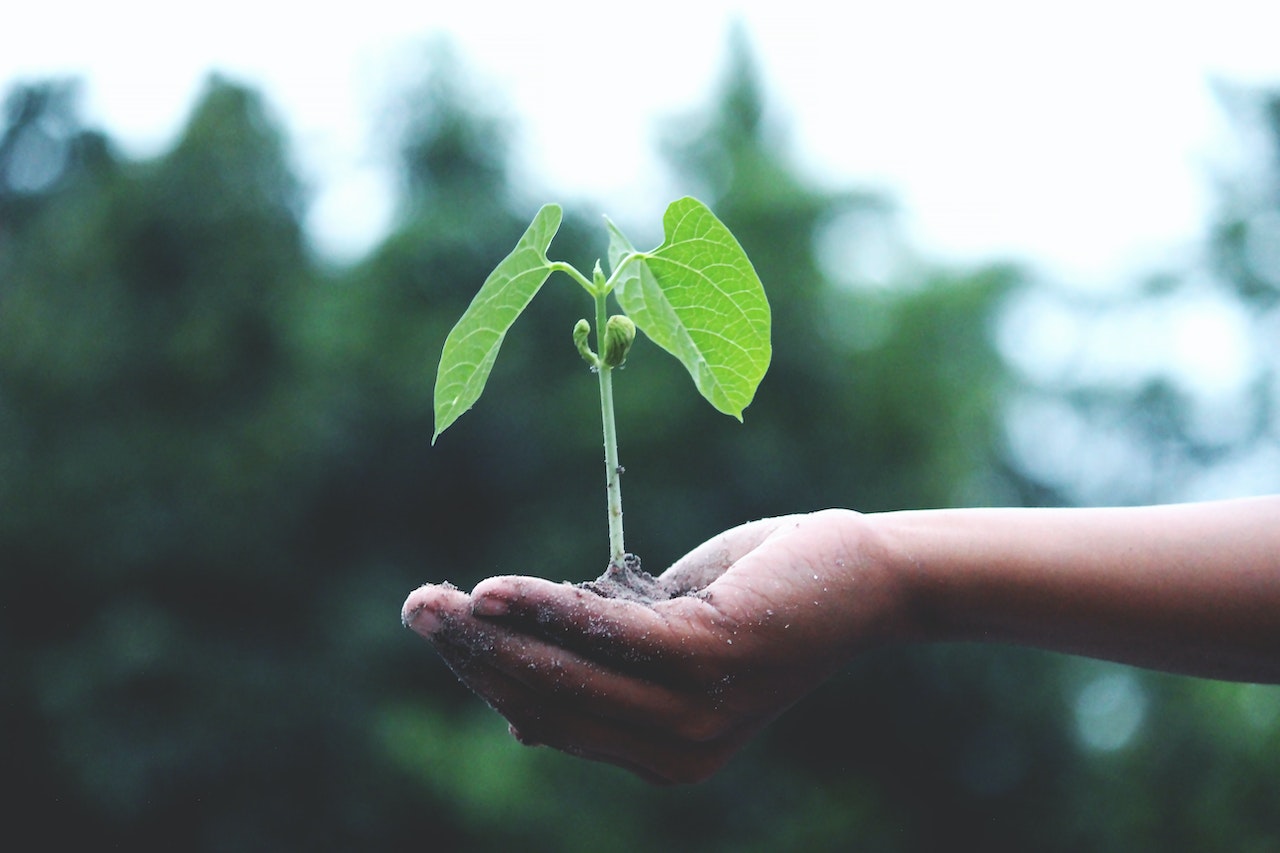This post was originally published on Sustainability Matters

Bush’s Proteins, part of A J Bush & Sons, has been operating since 1909 and in the rendering industry since the 1950s in NSW and 1970s in Qld. It provides rendering to the meat industry, collecting organic animal material from butcher shops and abattoirs in and around the greater Brisbane metro area and nearby regional centres.
Rendering is the hygienic treatment of high moisture material from the meat industry that is not sold for human consumption.
From this material, the company manufactures nutrient-rich protein meal and tallows/oils. Rendering contributes to the circular economy by diverting this material from landfills into an organic recycling process.
Bush’s Proteins has always looked for equipment that offers a return on investment, with features and benefits commensurate or greater than the price paid. For wastewater pumps, it uses Gorman-Rupp.
Gorman-Rupp Super T Series self-priming wastewater pumps are mounted at ground level, above the wastewater pits, making them easier to access for monitoring and maintenance. Their internal clearances can be adjusted in minutes, allowing operators to keep pumps at peak efficiency over their lifetime. The pumps are also capable of pumping solid materials such as rags, ear tags, gloves and other debris. Their large, removable cover-plate allows operators to remove any larger blockage without disturbing piping or having to employ lifting devices such as cranes.
Gorman-Rupp wastewater pumps can deliver flow rates from 5 through to 200 L/s, with pressures to 90 m. They can also be provided in materials of construction to cater for abrasive and/or corrosive wastewater streams.





0 Comments